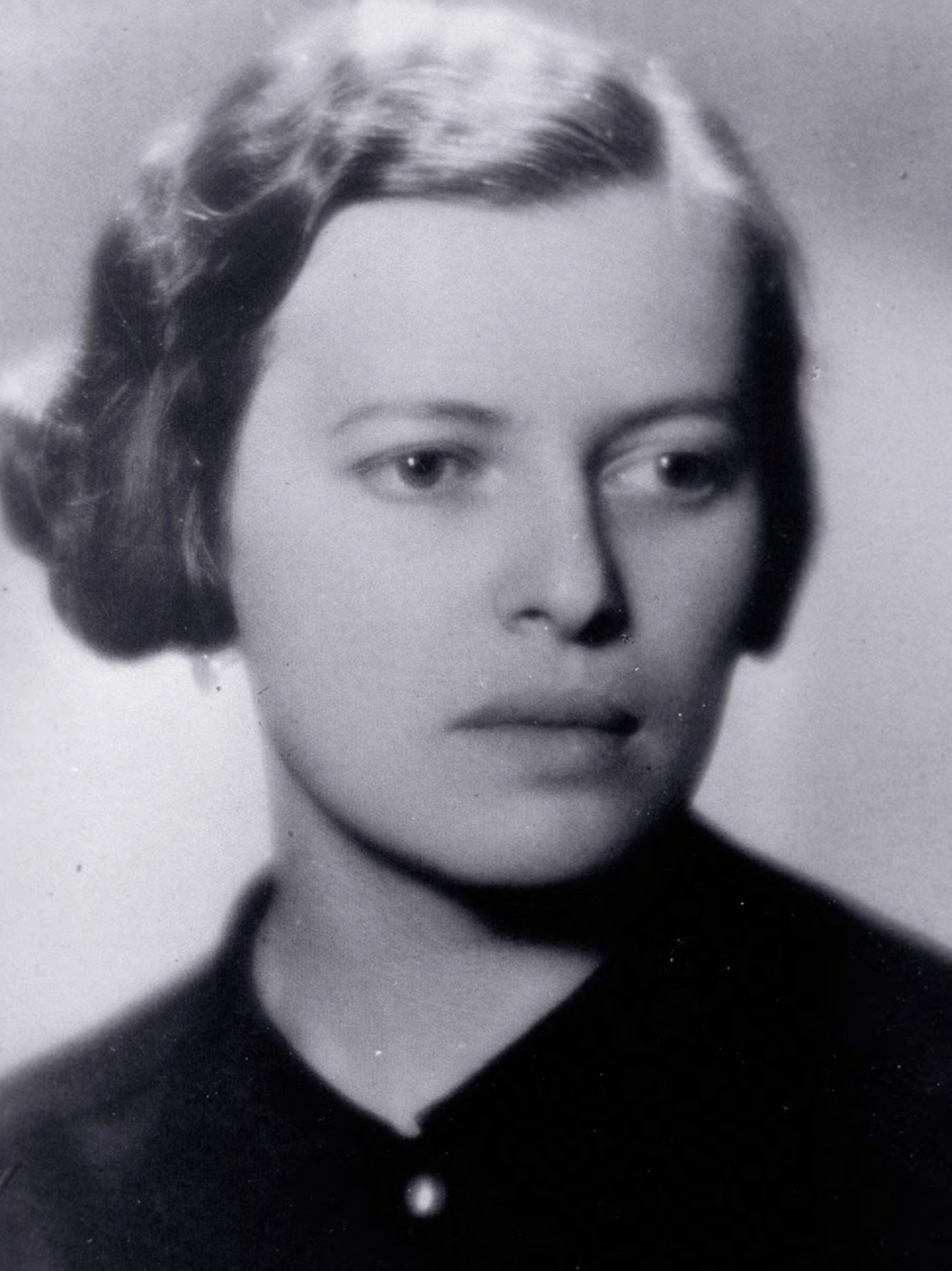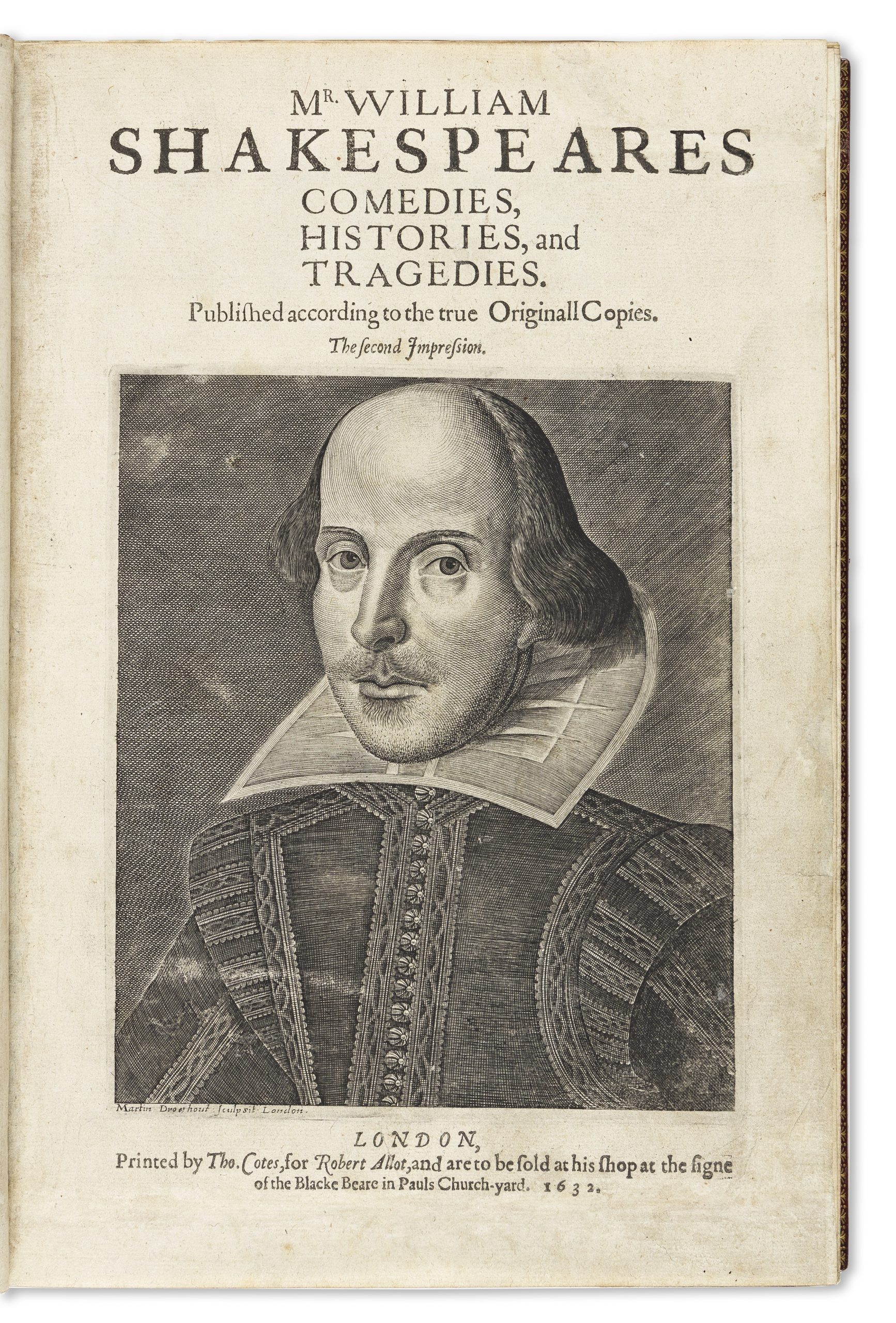Swann in Profile: Devon Eastland
With the 2020 auction season on the horizon, we sat down with the newest addition to our books and manuscripts department, Devon Eastland, senior specialist for early printed books, to discuss all things books and material culture.
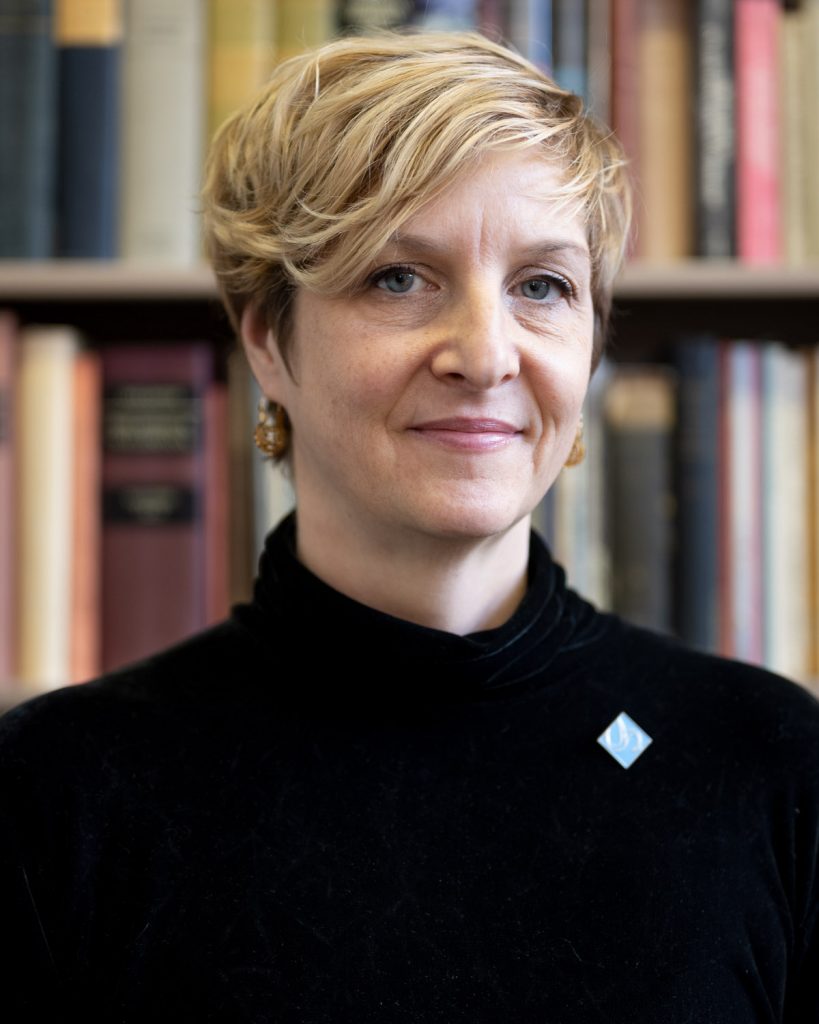
Senior Specialist, Early Printed Books
Tell us a little bit about life before Swann. What brought you into the world of books?
Before entering the auction business, I was a dealer specializing in books from before 1700, so getting into auctions was a big shift. I also broadened my scope to include practically everything. Covering autographs, manuscripts, Americana, literature, in short becoming a rare book and ephemera generalist was a huge learning curve, and I loved it! I also learned that I love auctioneering and the human connection involved in selling material on a client’s behalf.
When I was in college, I happened into a rare book store in Harvard Square and discovered that early books exist. I went to the course catalog to see whether there were any classes on rare books I could take and found that the Houghton Library offered a class, taught by Rodney Dennis and Roger Stoddard, covering Medieval manuscripts and incunabula. Stepping into a first-class rare book library was enough to hook me forever! When I graduated I thought I might get degree in library science, but I decided to try my hand at being a dealer instead, and I guess I haven’t looked back.
What has been your favorite volume or work you’ve had the opportunity to handle? Why?
It is hard to pick a baby! For me, the story behind the book or its discovery make for the most compelling stories. Many of us love rare books, manuscripts, and ephemera because we are directly rewarded for our knowledge. We all want to be the person who plucks the diamond from the trash heap. When I was a dealer I found a book that had been checked out of the Harvard College Library during the fire that destroyed the entire collection in 1764. I knew the shelf-marks, I knew the date of the fire, I knew that chances were good when I bought the book. I was able to confirm that the book was still owned by the library at the time of the fire and thus was only spared because of the negligent patron (probably an undergraduate) who just never returned it. My other story involves the discovery of a first edition of Poe’s Tales, untouched in a literal trunk in a literal attic. To see that book, a paperback, hunted by booksellers and collectors for over 150 years and in pristine condition was stunning.
What’s a favorite book? Do you have a favorite visual medium?
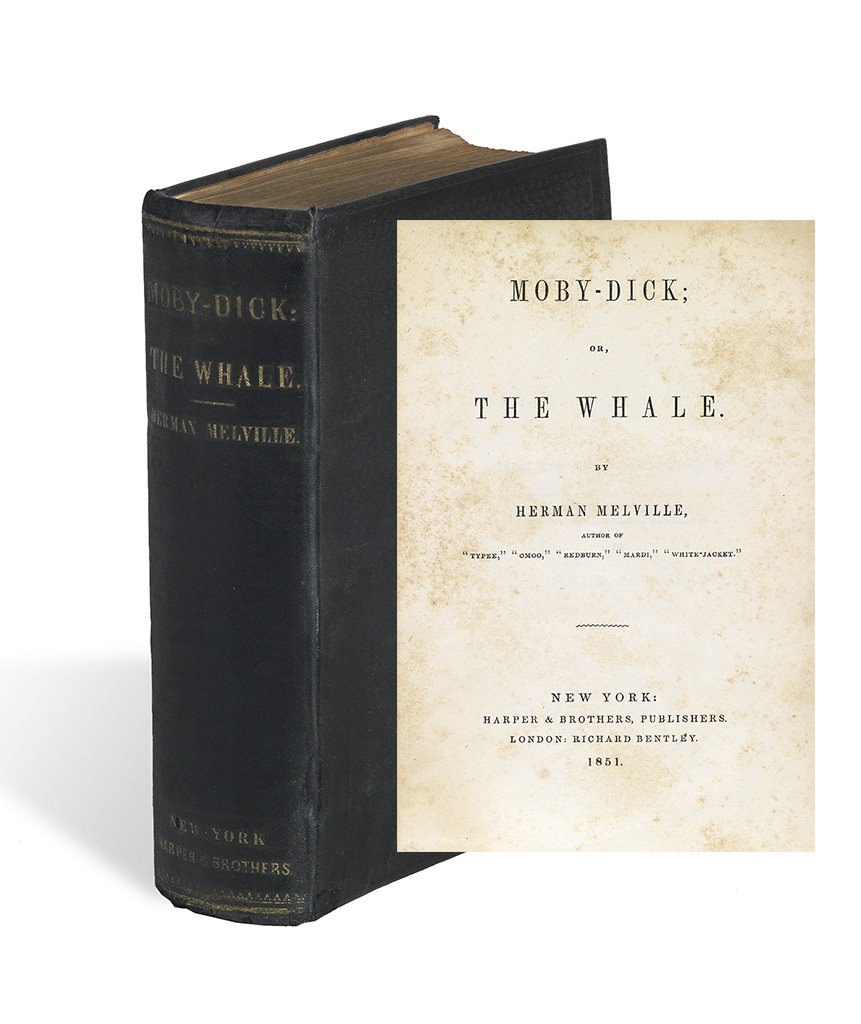
My favorite book is Moby Dick, but I love to read everything by the New Hampshire author Thomas Williams, and I love children’s books. My own memories of reading as a child and memories of reading to my children continue to be a poignant source of positive feelings.
I really love vernacular photography and as an extension, the records left by normal people from the past. Very often in this field, collectors focus on the “high spots” of our culture. The daily lives of real people often go undocumented, so any unvarnished representation of human struggles and small moments of beauty are so welcome. I saw a collection of photographs taken by a woman who solo-climbed in the Alaska range about a hundred years ago. She didn’t have children or a family and all of her material ended up in the closet of a stranger. Stories like hers risk being lost to history but for the existence and preservation of physical artifacts.
You recently moved to NYC. What are you looking forward to about the city?What do you do in your free time, and do you collect anything?
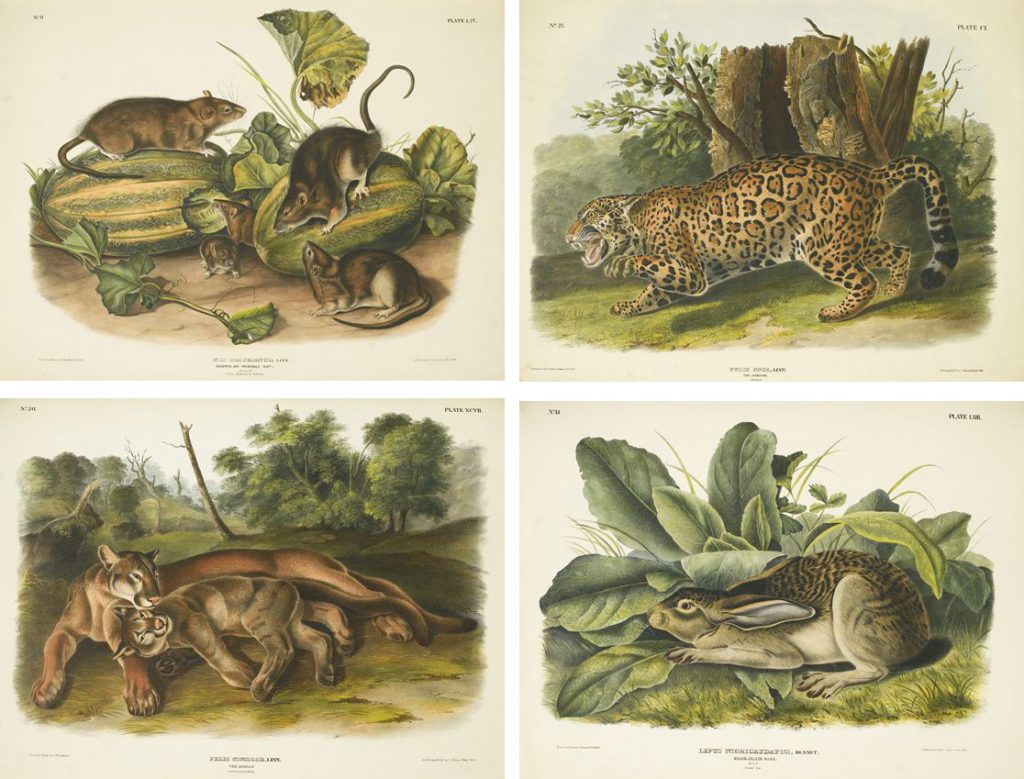
I have a weakness for rings, and I love Audubon’s folio quadruped lithographs. I have all of Thomas Williams’s books in first editions, and some children’s books are important to me. One thing I treasure because of its personal connection is a letter I received from James Marshall (author of the George and Martha books, and many others) when I was in third grade. Everyone in my class wrote to a favorite author and I was the only one who received a reply!
I love to knit. I’d like to find a good roller skating rink in New York. I’m new in town and love to skate!

What drew you to auctions and why do you love the world of material culture?
Working with consignors and buyers provides the human connection, which is so important to me. In turn, the objects become a portal to a better understanding of humanity. You can’t really sell a book or understand its value unless you know why it’s important within its former and present cultural contexts. Humans and stuff, stuff and humans, the auction process helps keep the tension and balance. It’s also quite a hoot to “collect” for a sale, and then to disburse and begin again.
What’s a common misconception about early printed books?
When describing a book, many people say, “It’s in good condition, for its age.” One can expect a book from the fifteenth, sixteenth or seventeenth century to be in excellent condition! The materials used in the first few centuries of bookmaking were and continue to be hardy and persistent. Papers are non-acidic and bindings are robustly built (for incunabula almost over-built), and are often found in very good condition, in spite of their age. Don’t expect a book to be in bad condition just because it’s old.
